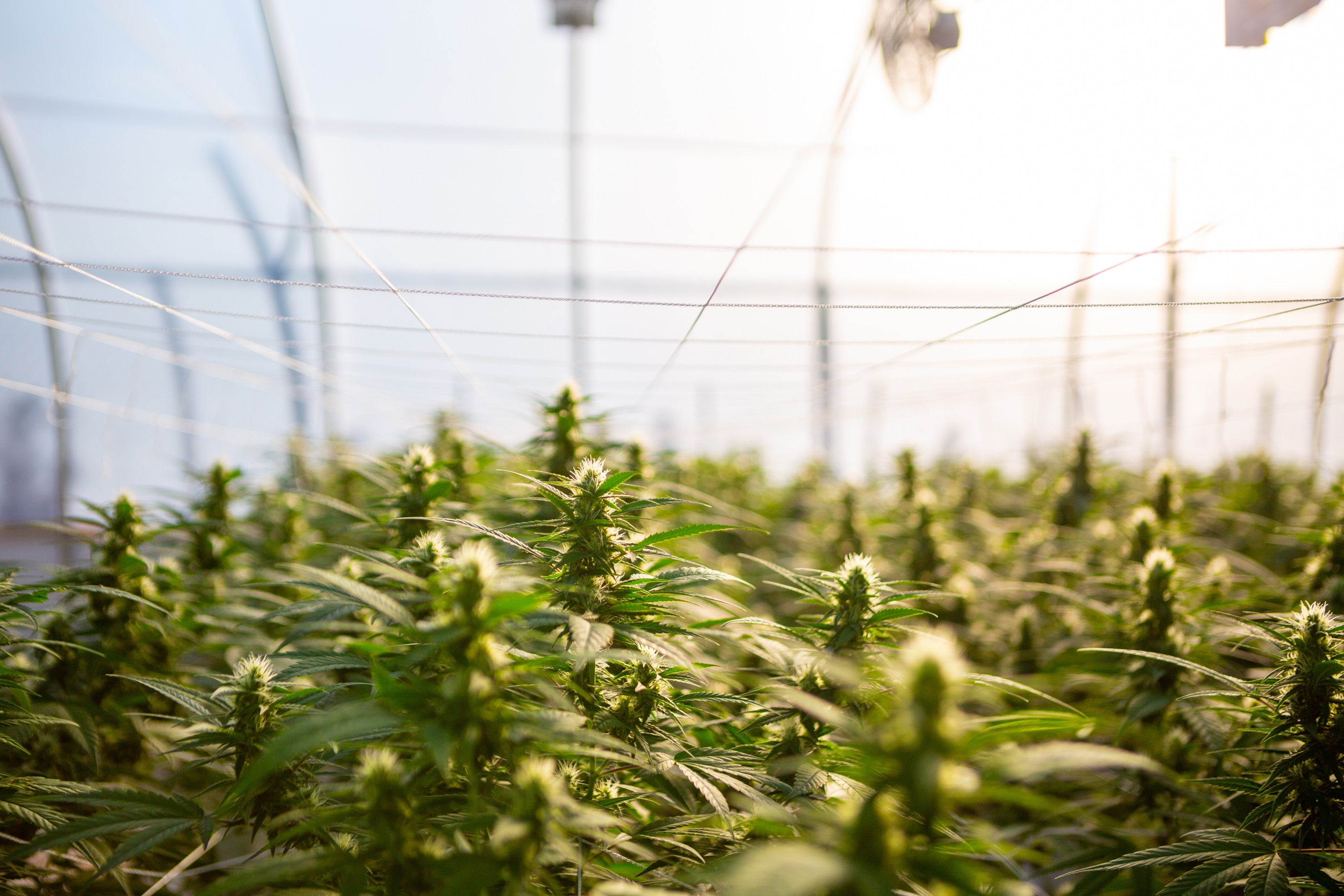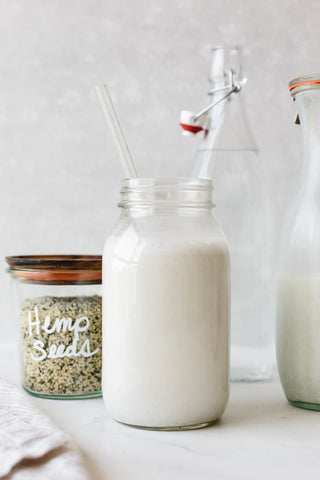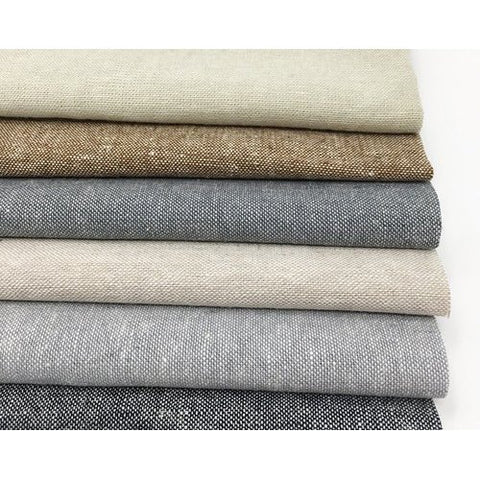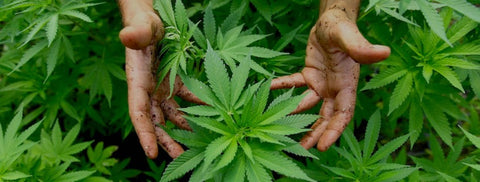The beauty of hemp and what makes it so versatile

apoHemp is an agricultural crop that’s been growing for generations, with some of the oldest remnants of civilization found being hemp fiber used as a fabric back in 8000BC.
However, hemp saw wide scale prohibition after centuries of use, with a nationwide ban in the US in the early 20th century that was lifted only in 2018 under the United States Farm bill. After the ban was lifted, hemp production in the US has skyrocketed, with the US being the third-largest producer of hemp in the world.
With hemp being used for a wide variety of products ranging from ropes and paper to medical oils and milk, we take a look at the versatility of hemp and its contribution to industry and the environment.
Versatility and Variety: Hemp’s all-round benefits
The versatility of hemp can be attributed to the fact that most parts of the plant can be extracted to make a product.
The stalk of the plant is used in making ropes, fabrics and even plastic when it undergoes some chemical processes. The leaves and flowers are used for making CBD concentrates and oils, while the seeds can be used for making milk.
It’s no wonder, therefore, that after the legalization of commercial hemp, several thousand farmers have taken up the cultivation of hemp. It makes tons of sense too, given that hemp also takes carbon dioxide in and pumps oxygen into the soil, and much like mangroves, prevents soil erosion.
Hemp Milk

Hemp milk is a great alternative for vegans and/or people who’re looking to avoid lactose/gluten/soy
Hemp milk is a great substitute for people who are vegan and want to avoid dairy and also for those who are looking to avoid the excess carbs and calories that come with whole milk. It’s also devoid of soy, gluten, and lactose.
It does not have mind-altering tendencies and can be made at home with ease: grinding hemp seeds with water will give you raw hemp milk with a creamy texture and nutty flavor.
Aside from the obvious benefit for vegans and people who avoid gluten and lactose, hemp milk is fantastic for skin health due to its moisturizing properties that work for all skin types. It’s also great if you want to reduce weight and the amount of cholesterol you consume.
Hempseed oil (vs CBD Oil)
Contrary to popular belief, hemp seed oil doesn’t contain any CBD and differs widely from CBD oil. The confusion exists since CBD came into prominence in the mainstream due to CBD being derived from hemp, which is the hemp plant, not the hemp seed.
Similar to any oil that’s derived from plant seeds, hemp seed oil is extracted by cold-pressing the seeds, unlike CBD oil which is taken from the leaves, stems, and flowers of the cannabis plant.
Hemp seed oil is high on antioxidants, omega-3, and -6 fatty acids. Hemp seed oil is an immunity booster, a great anti-inflammatory product and helps in weight loss. Most of this can be attributed to the omega 3 and omega 6 fatty acids present in the seeds.
Hempseed oil is also good for your skin, with inhibitors like linoleic acid that reduce sebum production and rejuvenate dead skin.
Hemp Plastics

Traditional plastics are some of the biggest polluters in oceans. Bioplastics like hemp are one of the proposed solutions that could work in the short term
Hemp plastics are a form of bioplastics that are becoming more and more prominent at a time where pollution levels due to petroleum-based plastics are increasing. Cellulose extracted from hemp can be used to make some kinds of plastic, namely cellophane, rayon, and celluloid.
These are usually used in cars, musical instruments, manufacture of plastic bottles and even shopping bags. Hemp-based plastics are biodegradable and usually decompose within 3 months (unless chemically tweaked to prolong its shelf life). While viable in the short run and in small scales, hemp-based plastics are heavily water reliant and require far too many resources to efficiently, or even sufficiently replace current single-use plastic.
While hemp can replace other types of plastic as well, given that single-use plastics are some of the most polluting due to its wide scale use, the resources required are just far too high. This is a common problem among manufacturers, as it’s well known that plastics are polluting.
However, even single-use plastics are more carbon-efficient than paper or cloth bags, paper straws or biodegradable packaging. While hemp plastics could be a solution and should be explored further as one, it’d have to see several tweaks in its manufacturing process to sufficiently replace current single-use plastics.
Hemp fabric

Hemp-based fabrics were among the most commonly used and were for several thousand years before the prohibition era across the world in the 20th century.
Hemp-based fabrics are some of the oldest in the world, dating back thousands of years. While construction material and fuel are made by using the inner part of the stem of hemp, hemp fabric is made from the outer part of the stem. Hemp-based fabric is breathable, reasonably stretchable and very durable.
It doesn't shrink despite several washes and requires lesser water than most other materials. However, this depends from place to place and it remains to be seen if hemp fabric is carbon-efficient (or carbon-neutral).
This is difficult to discern as China leads hemp clothing manufacturing and there's little research done by them to facilitate further use of hemp for clothing.
Is Hemp the plant that'll save us all?
Given that hemp is carbon negative, can be used to make bioplastics and has several medical purposes, it seems like hemp is a miracle plant that can solve some of the damning issues that are plaguing the Earth’s rising temperatures.
However, despite the prohibition of hemp being unjust and perhaps even a bit foolish, hemp’s versatility and variety of use is also a handicap: it'd have to be manufactured at unimaginable levels to be efficient, profitable and environmentally beneficial.
This means that significant proportions of land would have to be used for it to be viable in any form, which makes it difficult to recommend as a farming good. So, unfortunately, it doesn’t seem like hemp will be grown on a wide scale, at least anytime soon, despite the significant upswing due to mass legalization not only in the States but also in countries worldwide. 
To grow hemp efficiently would require humongous amounts of land and resources, which would be detrimental to long term sustainability
This brings us to another important point: While hemp doesn't require too much water in some temperate regions (which is where hemp tends to thrive), there are several soils and climate zones where growing hemp would require additional resources like water and fertilizer, which would be counterproductive since the entire point of using hemp-based products is for it to be sensible for the consumer and the manufacturer. It's one of the reasons why there's been a hesitancy to adopt new methods of hemp cultivation.
However, the attitude towards cultivating hemp seems to be changing rapidly, with countries like India taking steps towards legalizing hemp production for industrial and medicinal purposes and countries in Latin America and East Asia rapidly adopting pro-hemp legislation to jump on the hemp and cannabis market, a booming market which is projected to grow into the $100 Billions in the 2020s.
For now, countries like China and the US have a first-mover advantage.
However, countries like India and Chile are gaining ground quickly, with India having historic medical knowledge of the plant and Chile having excellent climate, an abundance of water and a 500+ year history with the plant and its industrial uses. It’s only a matter of time before other countries wake up and take advantage of a market which is in its nascent stages and has a potential to be a billion dollar plus industry.


